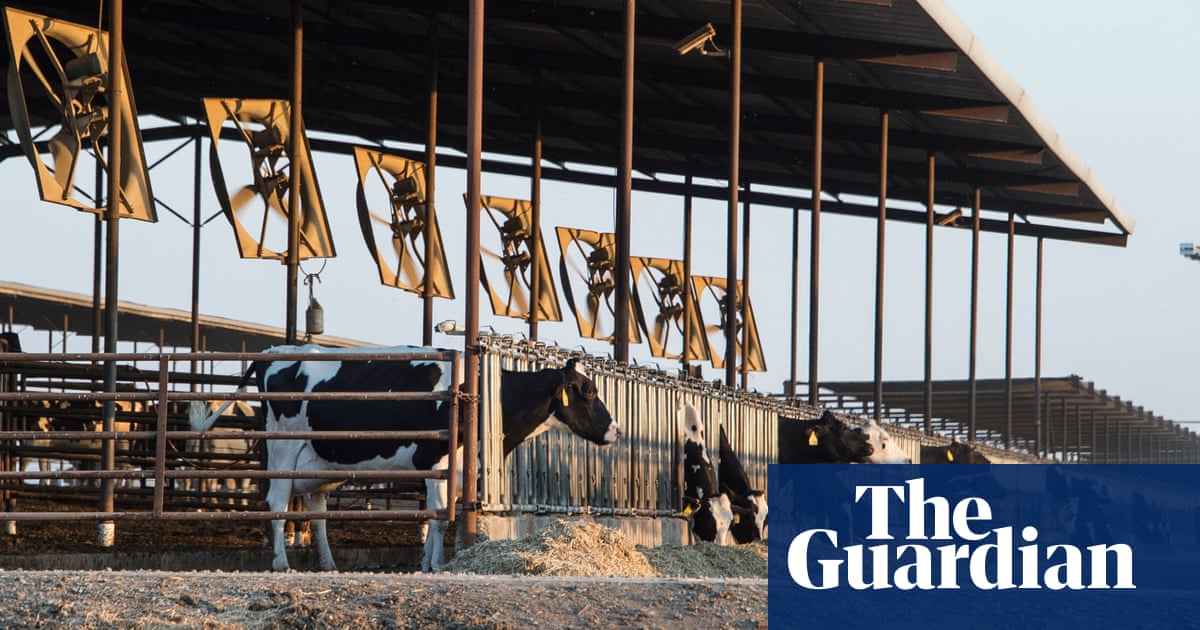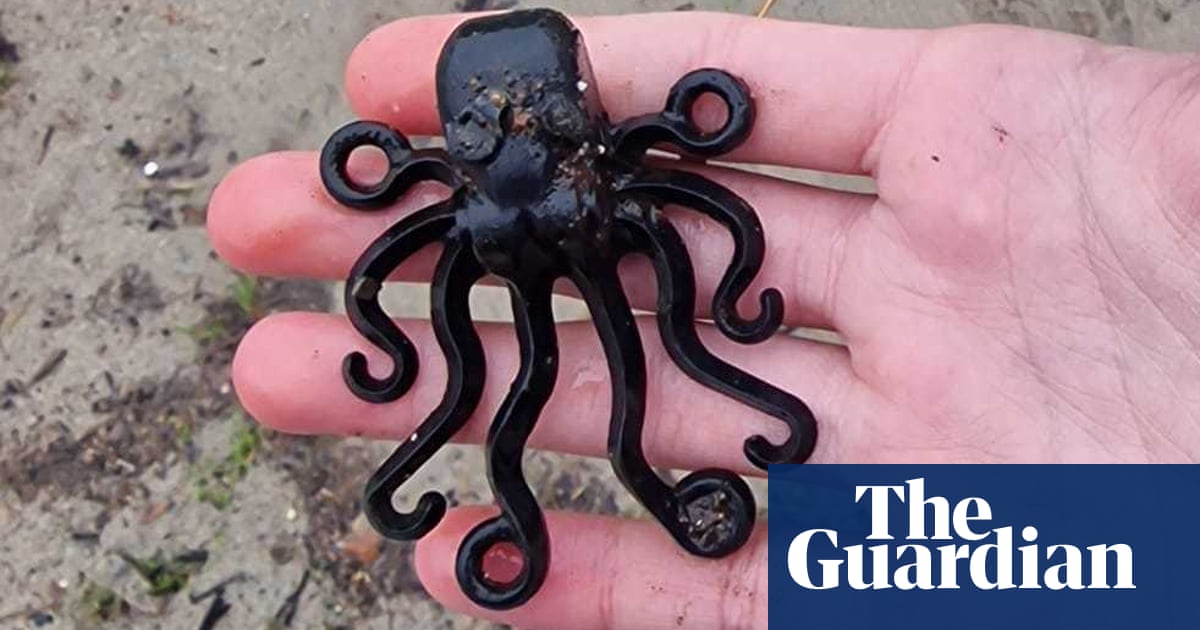More than 50% of US funds for âclimate-smartâ farming do not help crisis â report | Environment


More than half of federal funding for âclimate-smartâ agriculture in the US goes to farming practices that are unlikely to reduce greenhouse gas emissions â and in some cases, would even increase them, according to a new report by the non-profit Environmental Working Group.
The US Department of Agriculture (USDA) set aside more than $3bn to give to farmers who practice âclimate-smartâ agriculture, but roughly $1.9bn of it is being spent on practices that experts say arenât actually combating the climate crisis.
The report, released today, delves into one of USDAâs largest conservation programs, the Environmental Quality Incentives Program (EQIP). Designed to incentivize eco-friendly farming, the program pays for an array of conservation practices proven to reduce emissions or sequester carbon. The Inflation Reduction Act is pouring an additional $8.45bn into climate-smart EQIP practices between 2023 and 2026.
âA lot of that money will end up going to practices that donât actually have proven climate benefits,â said Anne Schechinger, an agricultural economist who authored the EWG report. âThereâs not a lot outside of these federal programs that are going to help farmers reduce their emissions. So if this money isnât going to the right practices, then agriculture as a whole in the United States is not going to reduce their emissions.â
More than 10% of US greenhouse gas emissions are from agriculture. Most of this comes from livestock â specifically the methane and manure they produce â as well as nitrous oxide emissions from soil and fertilizer.
Proven methods that help lower agricultureâs greenhouse gas footprint include planting cover crops to protect soil and creating grassed waterways that help reduce erosion. One of the most effective farming practices that EQIP helps fund is nutrient management, which ensures that fertilizers are applied at the right rate, place and time, to nitrous oxide emissions while strengthening plant health and productivity.
But a big chunk of the EQIP funding goes to practices that donât have a tangible climate impact, like installing sprinkler systems and installing fences to contain animals.
There is also funding for certain provisional practices, which, according to the USDA itself, increase greenhouse gas emissions. One of them is the construction of animal waste storage facilities that can contaminate waterways. Between 2017 and 2022, more than $252m went toward building such storage areas. The USDA specifies that in order to qualify for IRA funding, the waste storage facility needs to implement a compost-bedded pack structure, that, according to the agency, is expected to reduce methane emissions.
âThe USDA is essentially encouraging more livestock production, making it cheaper by subsidizing activities on these farms,â said Silvia Secchi, who researches agriculture and water sustainability at Iowa University and was not involved in the report. âWeâre going to see the expansion of dairy operations, like in Iowa. What that means is all the climate benefits are going to be countered by the expansion of these facilities. So I wouldnât call this âclimate smartâ.â
In a statement to the Guardian, the USDA refuted the report. âEWG did not take into account the rigorous, science-based methodology used by USDA to determine eligible practices, nor the level of specificity required during the implementation process to ensure the practicesâ climate-smartâ benefits are being maximized,â said USDA spokesperson Allan Rodriguez. âAs a result, the findings of this report are fundamentally flawed, speculative, and rest on incorrect assumptions around USDAâs selection of climate-smart practices.â
Earlier this month, in a letter to USDA, Cory Booker, a senator who has previously introduced legislation aimed at factory farms, called on the agency to remove livestock practices such as waste storage facilities from the âclimate smartâ list. The letter was co-signed by Elizabeth Warren and more than a dozen Democratic members of congress, including Alexandria Ocasio-Cortez, Rashida Tlaib and Jamie Raskin.
after newsletter promotion
âThe storage of hundreds of thousands of gallons of liquid manure in manure lagoons pollutes the air and water of surrounding communities,â the letter reads.
Another practice receiving funding is irrigation pipelines. While the USDA highlights its energy saving benefits, distributing water to crops from a reservoir or a pond can exacerbate water shortages and worsen drought conditions, especially in the west, including in states like Colorado, where water laws encourage farmers to use as much water as they can to avoid losing access to it.
The USDA does not currently have data showing that many of these âclimate-smartâ practices, like waste storage facilities, lower greenhouse gas emissions or that irrigation pipelines contribute to reduced water consumption.
âWe believe [they] should be removed from the list until the USDA has data thatâs actually showing there are real climate benefits to them,â Schechinger said.
Source link




